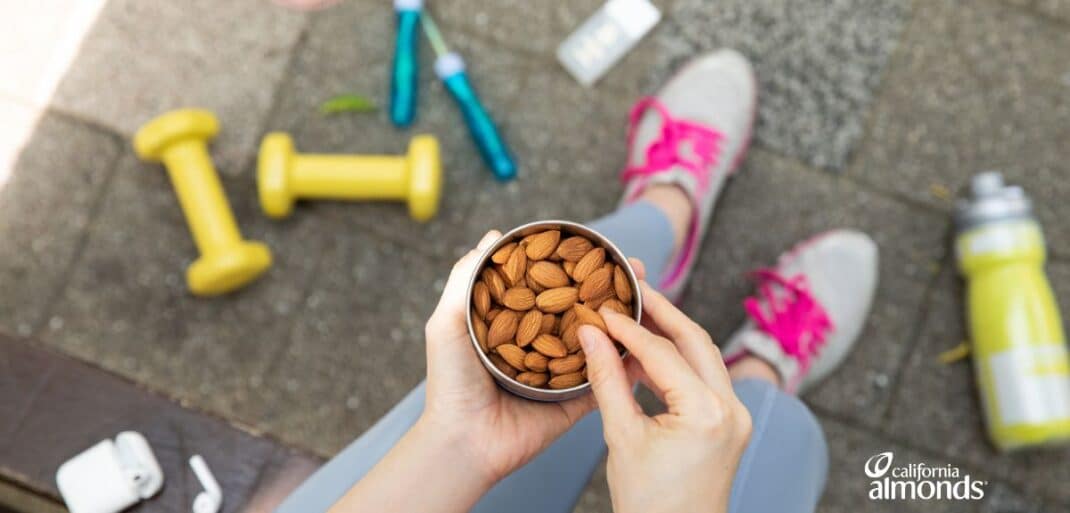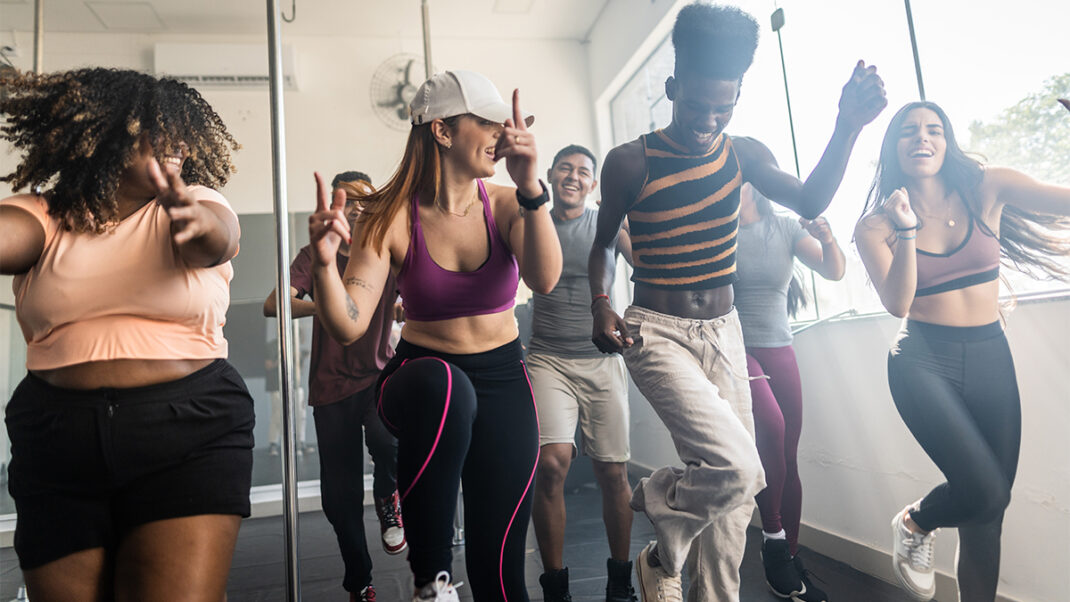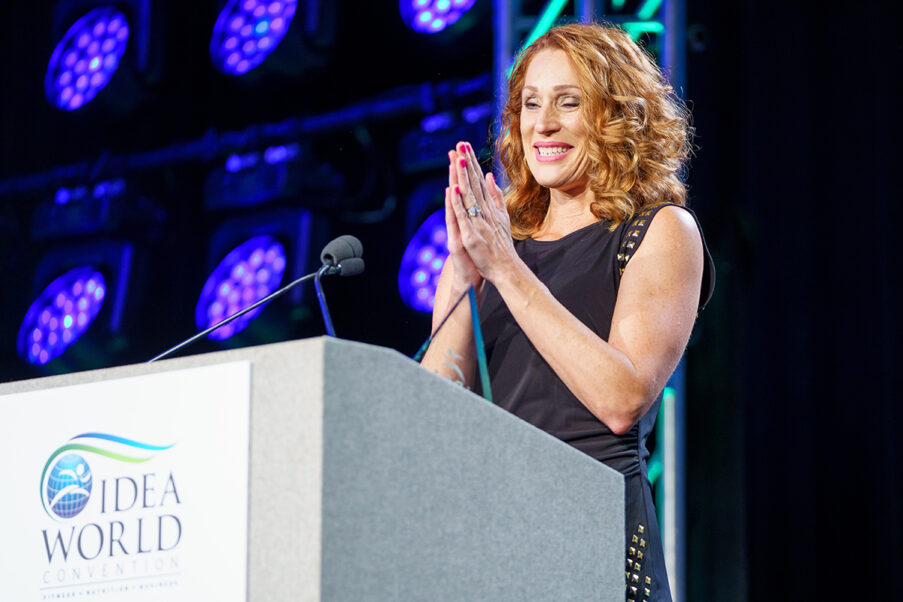7 Steps to Better Personal Training
Focusing on the following 7 key areas will help you design an effective training program, regardless of whether you are training an athlete or a “regular” person. While the exercises vary and the relative intensity changes depending on the client, the overall philosophy remains the same. Used as a template, this program can be tweaked as needed to match your client’s objectives.
1. Mobility, Activation and Movement Preparation (MAMP)
MAMP essentially describes a “modern” warm-up. The aim is not just to get your clients warm but also to prepare them for the activity that is about to follow. This is not an optional phase. It is designed to prepare the entire body for the workout. The time invested should be related to how poorly your client can move. A very tight client may spend 20-30 minutes on this phase. A more athletic client may spend only 5-6 minutes on this phase.
2. Injury Prevention
All training should be conducted with injury prevention as a goal. However, over the years I’ve recognized the need to pay special attention to “problem areas.” This is the warm-up, part 2. This is where a yes/no answer determines how much work your client does. Does anything hurt? “A little” or “Only when I . . .” equal “yes” answers. Address those areas with some additional work. One to two sets of 8-10 reps for each exercise should suffice. The entire phase should take 6-8 minutes.
3. Core/Pillar Training
For an athlete, core strength is a priority, so prioritize it. A typical “core” session consists of one stability exercise held for a time, a rotation exercise and some kind of hip flexion exercise. One to two sets of 8-10 reps for each exercise will be enough. Choose variations that are challenging for your client, and select a different trio of exercises for each workout. Progression will take place as usual: increased reps, increased loading, increased difficulty of exercise. This phase should last 4-5 minutes. Basically the movement preparation runs right into the injury prevention and core training portion, which is set up as a minicircuit for all intents and purposes.
4. Elasticity/Reactive/Stretch-Shortening Cycle (SCC) Training
This refers to explosive body-weight work, or what has become commonly known as plyometrics. It not only enhances sports performance but also helps reduce injuries. This phase typically consists of 4-8 sets. Instead of counting reps, focus on time, but with quality as the key factor. As soon as the exercise slows down, stop the set. The specific time frame depends on the client and his or her goals or sport.
5. Resistance Training Portion
This is still the single most important phase for many athletes. For time management reasons, I always use the alternating set system. Based on this system, I do a work set plus a rest every 90 seconds to 2 minutes or so (depending on the total number of reps). So, for a 30-minute time period you could do 15-20 work sets. The exercise selection, sets and reps would be tweaked according to the client’s experience.
6. Energy System Development (ESD)
Energy System Development = “extra stuff to do.” ESD is an updated version of the cardio portion of a training session; it encompasses the entire cardio gamut, from steady-state aerobic work to interval training to metabolic-complex work. I use ESD as a conditioning tool, but with a little manipulation, it can also enhance fat loss, if that is a goal. Typically, the higher the intensity is, the shorter the session, and vice versa. On average, this phase will last 12-20 minutes at the most. For convenience, you can do this either during the session or in a separate workout.
7. Flexibility, Regeneration
The first part of this “modern” cool-down focuses on self myofascial release. For most clients, this means using a foam roller to facilitate a type of self-massage. The second portion in this phase is flexibility training, and it is always necessary. This does not mean just stretching. It means spending a good 10-15 minutes on flexibility, paying attention to all the client’s tight areas.
Cosgrove will be presenting a session on this topic at the 2009 IDEA Personal Trainer Institute™, February 19-22, 2009, in Alexandria, Virginia. To learn more about the fitness conference, visit the IDEA website.
Alwyn Cosgrove
Alwyn Cosgrove is the owner of Results Fitness in Santa Clarita, California. He holds an honors degree in sports science from the University of Liverpool and specializes in performance enhancement. Alwyn has been a featured presenter at several national conferences and has produced several training manuals and educational DVDs. In addition, Alwyn is a columnist for MenÔÇÖs Health and has just completed The New Rules of Lifting for Women, a sequel to the best-selling original The New Rules of Lifting. Certification: NSCA




